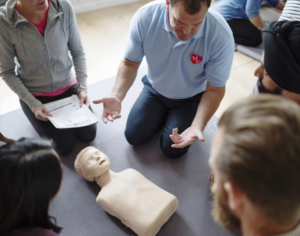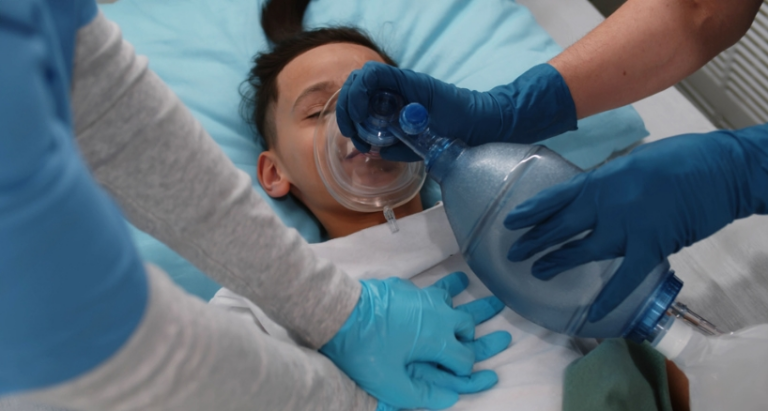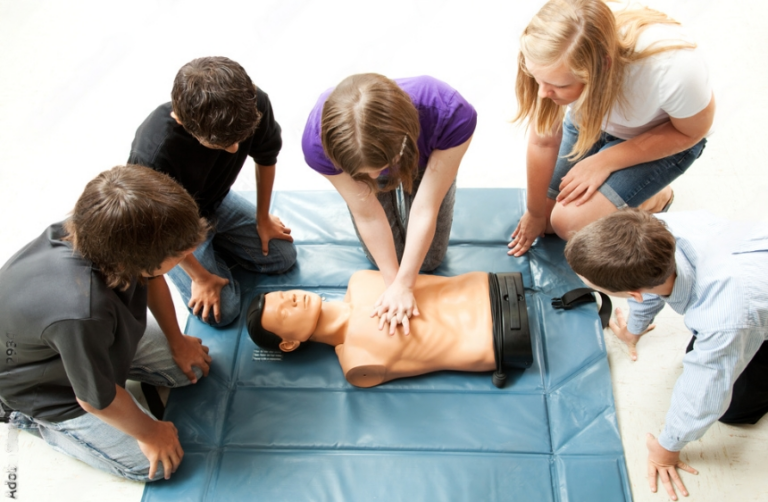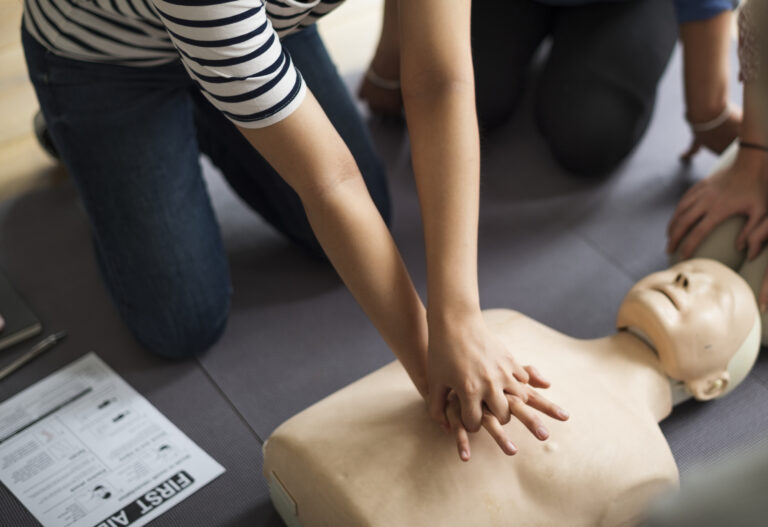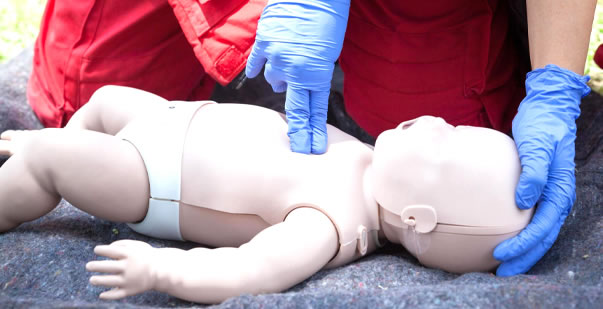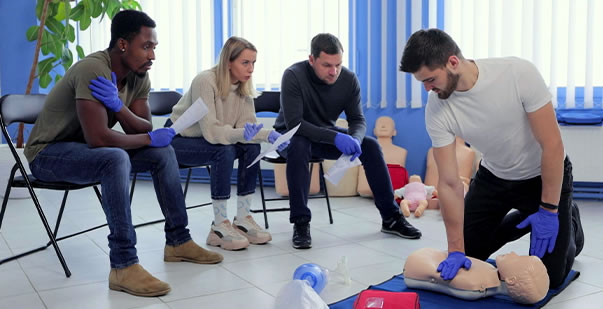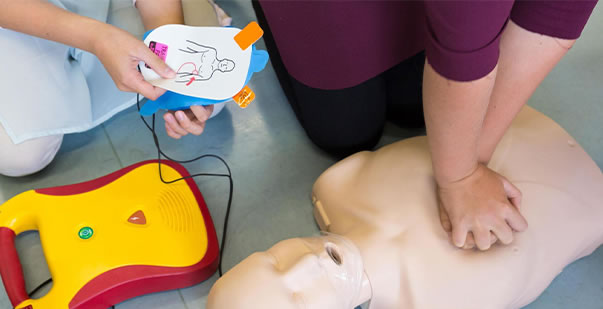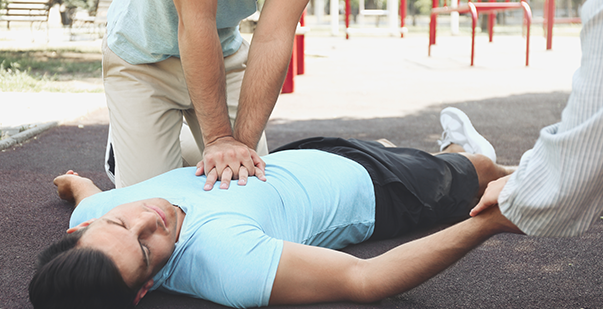Technology is gradually getting incorporated into every aspect of human life. It makes things faster and saves you time. The incorporation of technology also makes things easier to understand and retain. With increasing stress and cardiac issues, people now understand the importance of CPR training courses. Today, there are new technologies where people can take up life-saving courses and upskill. This article will explore some of the emerging technologies and trends likely to shape the future of CPR certification.
What are the types of CPR techniques?
Cardiopulmonary resuscitation is a revival technique used for cardiac arrest patients. There is one conventional way to administer CPR. But medical science has several other CPR techniques focusing on the same result. Some techniques you learn during CPR training include the following:
- Hands-Only CPR: This technique involves only chest compressions, without the rescue breaths. Lay rescuers should use it on adults with no pulse.
- Conventional CPR: This technique involves chest compressions combined with rescue breaths. Lay rescuers should use it on adults who have collapsed with no signs of breathing.
- Chest Compression-Only CPR: This technique is like Hands-Only CPR but includes a few additional steps. Healthcare professionals and bystanders can use it on every patient
- Rescue Breathing: This technique involves rescue breaths only, without chest compressions. Lay rescuers and healthcare professionals can use it on patients with no breathing.
- Automated External Defibrillator (AED) CPR: When you train in CPR, you must also learn the usage of an AED machine. This technique involves chest compressions and rescue breaths combined with an AED.
What is the new approach to CPR?
The new approach to CPR is the “chain of survival.” Mary N Newman developed and wrote about it in the Journal of Emergency Medical Services in 1989. The American Heart Association adopted this concept in 1992. It brought about a change in the CPR process. The chain of survival approach includes the following steps:
- Recognizing an emergency early along with timely activation of EMT. It includes calling 911 and informing them of the situation to get help to the victim as quickly as possible.
- Giving early cardiopulmonary resuscitation (CPR) is a crucial step. It includes performing CPR, which can help keep blood flowing to the brain until medical help arrives.
- Practicing early defibrillation to shock the heart back into its normal rhythm.
- Early advanced care is a must. It includes providing advanced care, such as medications and other treatments. It helps stabilize the patient and improve their chances of survival.
The chain of survival can increase the chances of survival for cardiac arrest. It is an effective way to ensure you take the proper steps quickly.
What are the 5 new technologies that aid or enhance CPR?
People should understand the importance of CPR training and its relation to technology. Technology offers solutions to the most challenging problems and helps people across all walks of life. CPR also supports technology at various steps. The below-mentioned aids and enhancements allow people to save lives faster.
- Chest Compression Device: This device provides consistent and effective chest compressions during CPR. It puts even pressure on the chest, which can help increase the effectiveness of CPR.
- Wearable CPR Monitors: Patients wear the monitors on their chests. The device alerts the provider if the patient’s heart rate changes. It can detect the patient’s heart rate and rhythm.
- CPR Manikins: These mannequins are realistic patient models. You can use them to practice your CPR skills. They provide feedback on the performance of the given CPR. These are ideal for beginners and help them practice how to perform CPR.
- Smartphone Apps: These apps assist with performing CPR. They can provide audio and video instruction and feedback on the CPR provider’s performance.
- Remote CPR Training: This technology helps to train in CPR remotely. It can provide audio and video instruction and feedback on the CPR provider’s performance. You get a valid online life-saving certification at the end of these courses.
Conclusion
Understanding the importance of CPR training with technical aid is a new way forward. These new tools and techniques save more lives and instill confidence in bystanders. The CPR Certification, Near Me website offers a nationally and internationally recognized online CPR certification. This group incorporates videos in their program for a better understanding of CPR. Check out our website and fulfill your role as a Good Samaritan.






